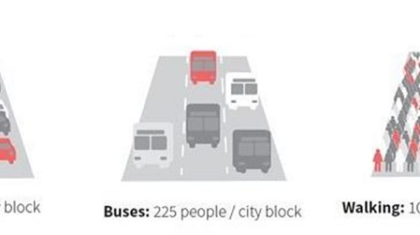
Complete Streets 2.0: Putting Design Principles into Action
Last week we discussed eight Complete Streets 2.0 design principles that serve as a framework for successfully integrating new and emerging mobility options into our streetscapes. These principles allow us to adapt current designs, in response to new and shifting modes of transportation, while better balancing a street’s uses and services. Today, we’ll take a […]



